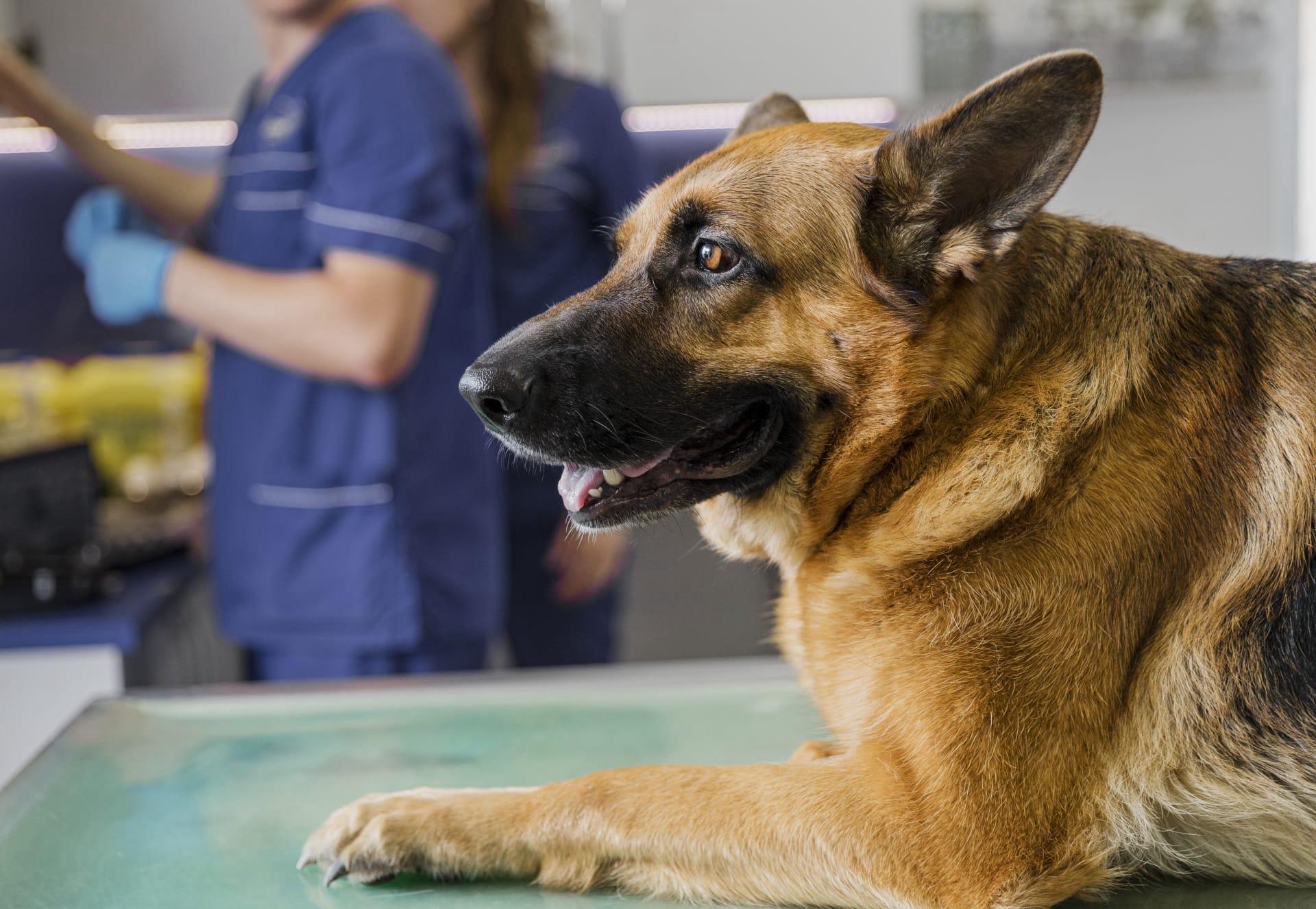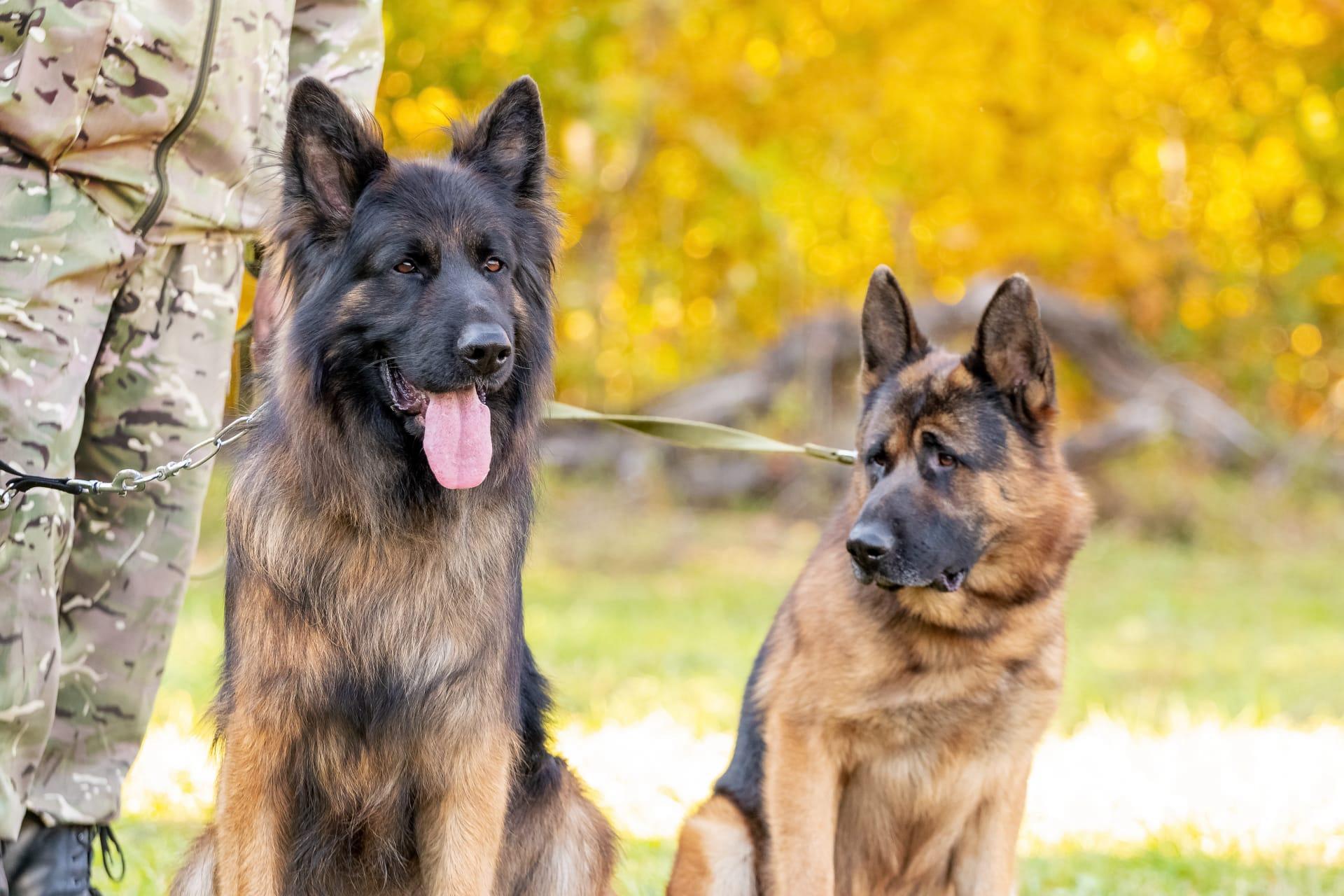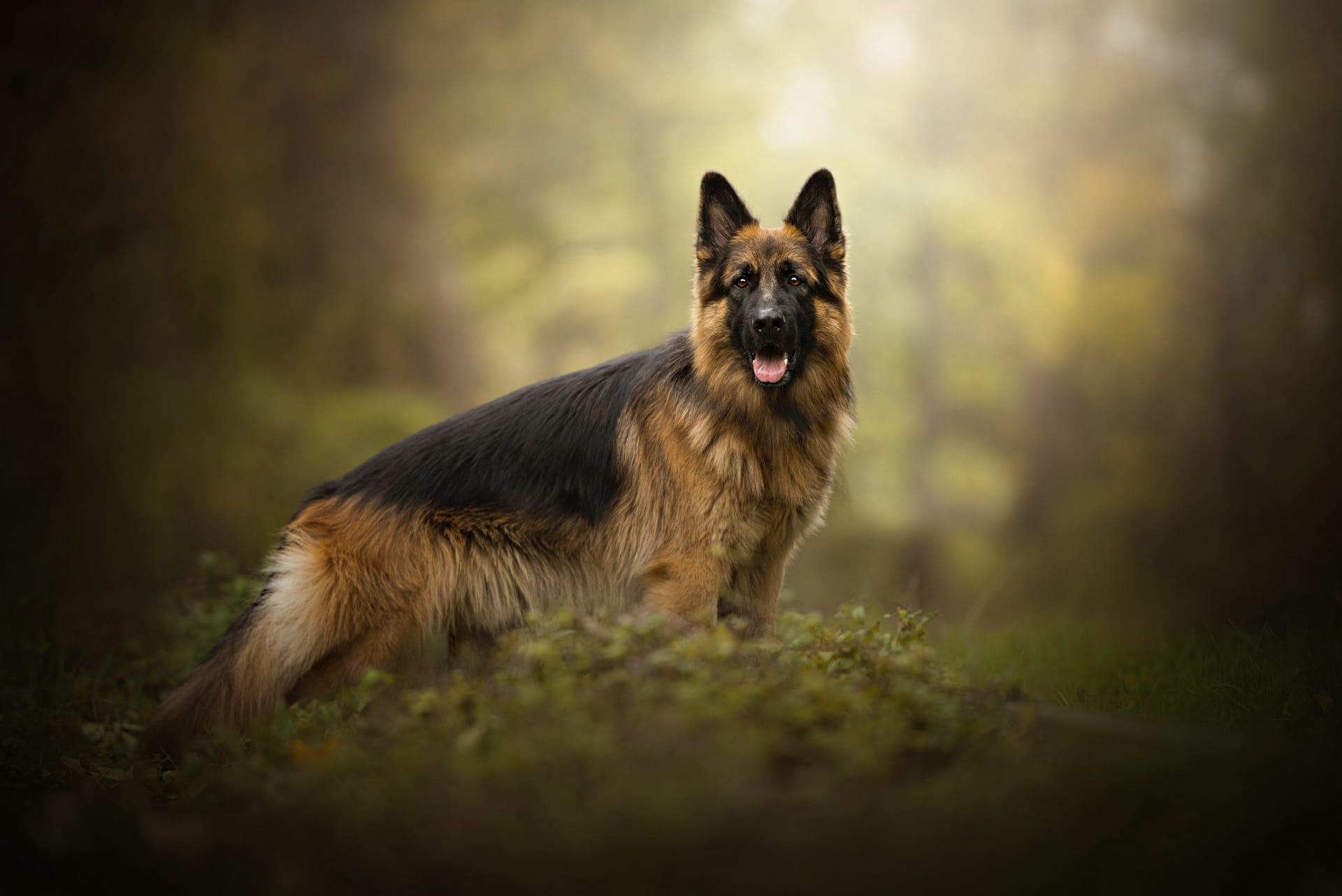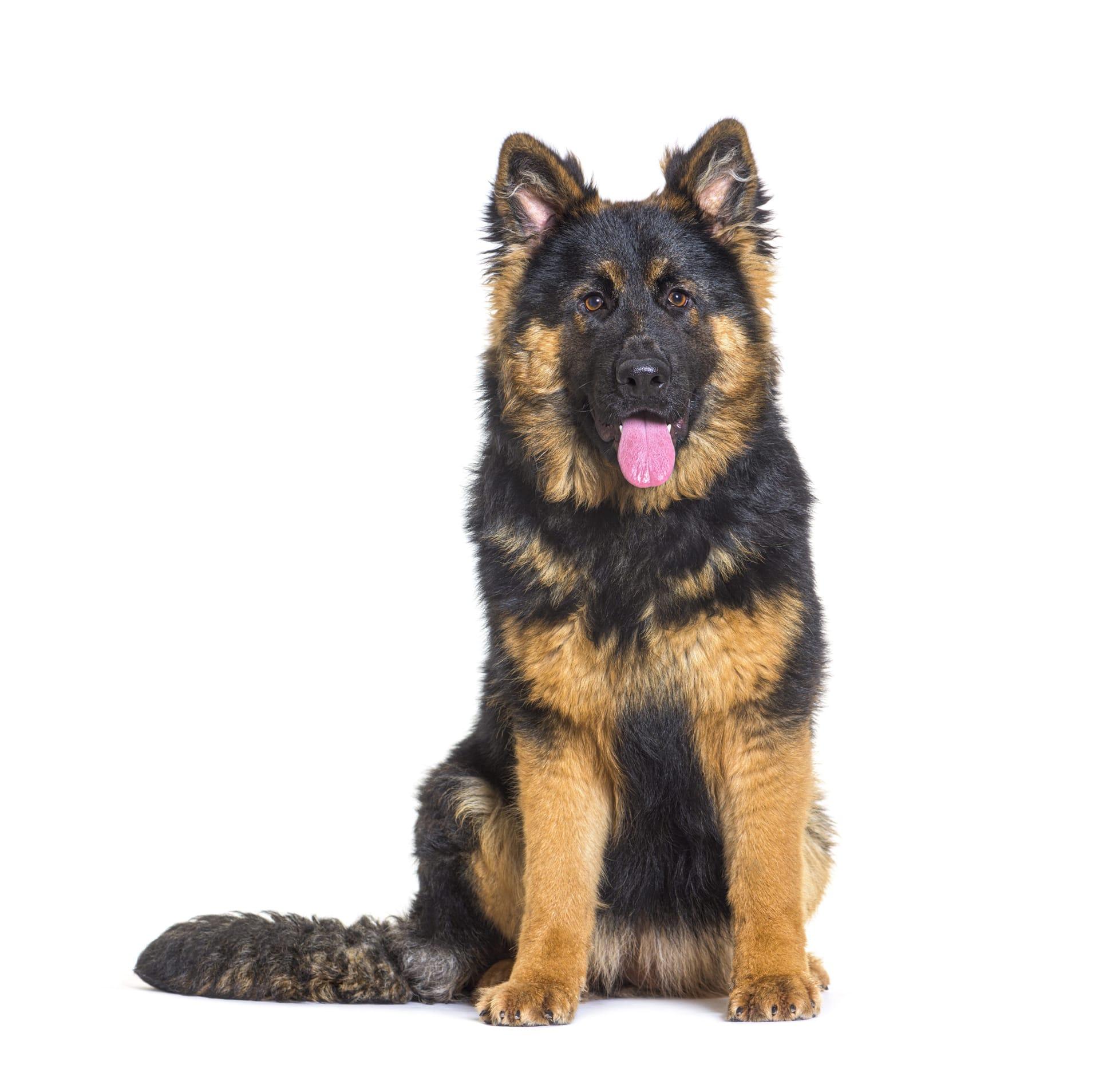German Shepherd
- Home /
- Mini Encyclopedia /
- Animal /
- German Shepherd
1
The German Shepherd, scientifically named Canis lupus familiaris, belongs to the family Canidae and the genus Canis. This breed emerged from the herding dogs of Germany, where they were honed for intelligence, speed, and strength. German Shepherds are distinguished by their pointed ears, long snout, and a body length ranging from 22 to 26 inches at the shoulder. They typically weigh between 50 to 90 pounds, showcasing a sturdy and agile build.
Initially bred in Germany in the late 19th century, German Shepherds have now found homes across the globe. Their adaptability to various climates and environments has made them popular in continents like North America, Europe, and Asia. While originally bred for herding and guarding livestock, their intelligence and versatility have led to roles in police work, search and rescue missions, and as service animals worldwide.

2
Question: Are German Shepherds naturally aggressive?
Answer: This common misconception is far from the truth. German Shepherds are not inherently aggressive. Their behavior, like any dog breed, is largely influenced by their upbringing, training, and socialization. Properly trained and socialized German Shepherds are known for their loyalty, obedience, and protective nature. They are often cautious around strangers, which can be mistaken for aggression, but with appropriate training, they exhibit balanced and controlled behavior.

3
German Shepherds have formed a unique bond with humans since their inception as a breed. Known for their loyalty and protective instincts, they have become beloved family pets. This breed's intelligence and eagerness to please make them highly trainable, often used in roles that require obedience and quick learning, such as assistance dogs for the disabled.
Their relationship with humans extends beyond companionship. German Shepherds have a notable history in law enforcement and military roles. Their keen sense of smell and ability to work under pressure make them ideal for tasks like tracking, narcotics detection, and search and rescue operations. Their contribution to public service highlights their strong work ethic and deep connection with their human handlers.

4
The German Shepherd breed originated in Germany in the late 1800s. Max von Stephanitz, a former cavalry captain, is credited with its development. He aimed to create a dog that embodied strength, intelligence, and a keen sense of smell. The first German Shepherd, named Horand von Grafrath, was registered in 1899. Horand's traits set the standard for future breeding, focusing on ability and intelligence over appearance.
Over time, the breed evolved significantly. In the early 20th century, German Shepherds were imported to the United States, where they quickly became popular. During World Wars I and II, their roles expanded to include messenger, rescue, and guard duties. Post-war, selective breeding focused on enhancing their physical attributes and temperament, leading to the versatile, intelligent, and loyal breed known today.

5
Film: "Living With a German Shepherd" (USA, 2017) is a documentary that delves into the day-to-day life of owning a German Shepherd. It explores the breed's characteristics, training needs, and the deep bond they form with their owners. The film highlights their versatility, from family pets to working dogs in various fields.
Book: "The German Shepherd Handbook" by Michael Tapscott (UK, 2016) provides a comprehensive guide to raising, training, and caring for German Shepherds. Tapscott, a renowned dog trainer, offers insights into the breed's behavior, health, and nutritional needs, making it a valuable resource for both new and experienced owners.
Book: "German Shepherds for Dummies" by D. Caroline Coile (USA, 2013) is an accessible and informative guide for anyone interested in the breed. It covers topics ranging from breed history, choosing the right German Shepherd, to training techniques and health care. Coile's book is praised for its practical advice and easy-to-understand approach.